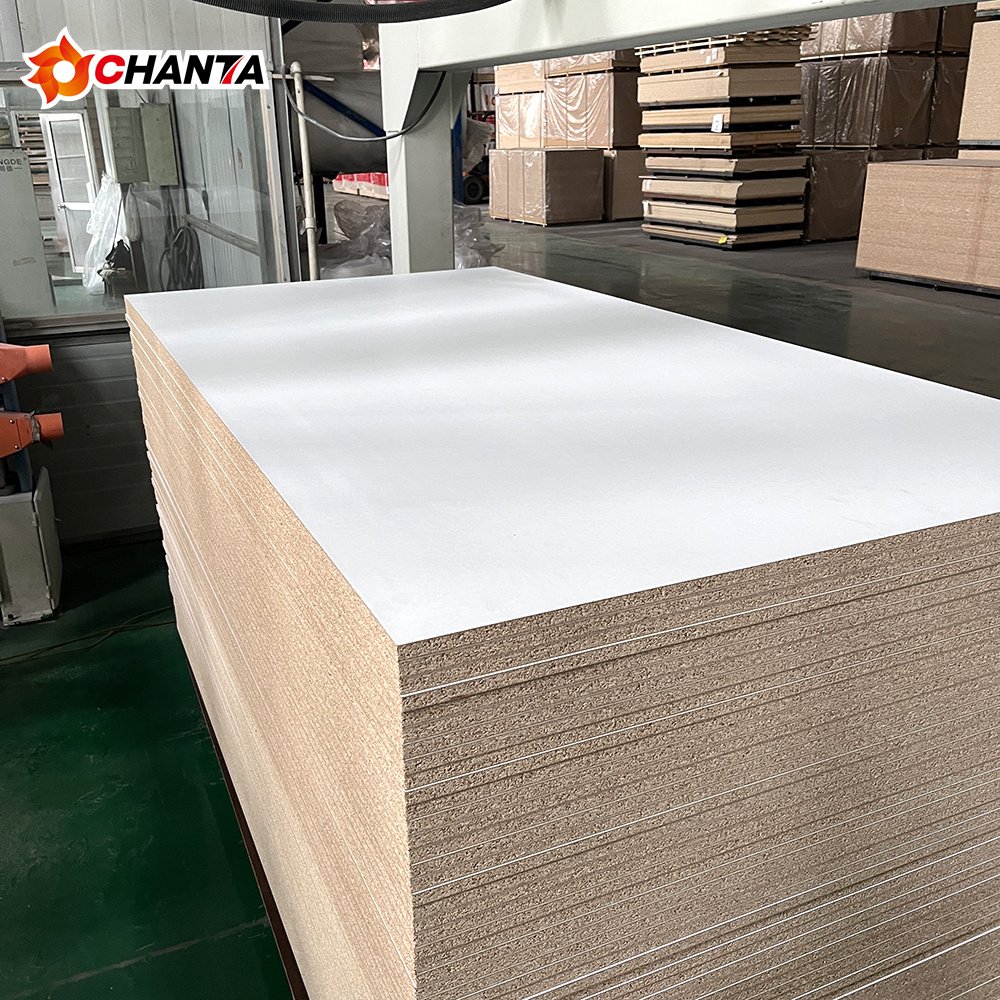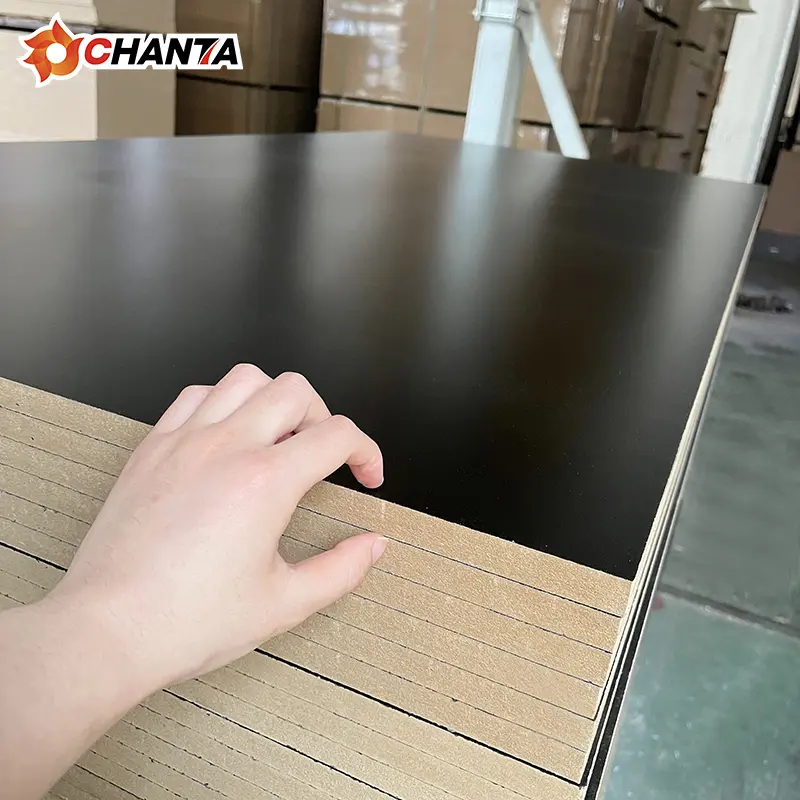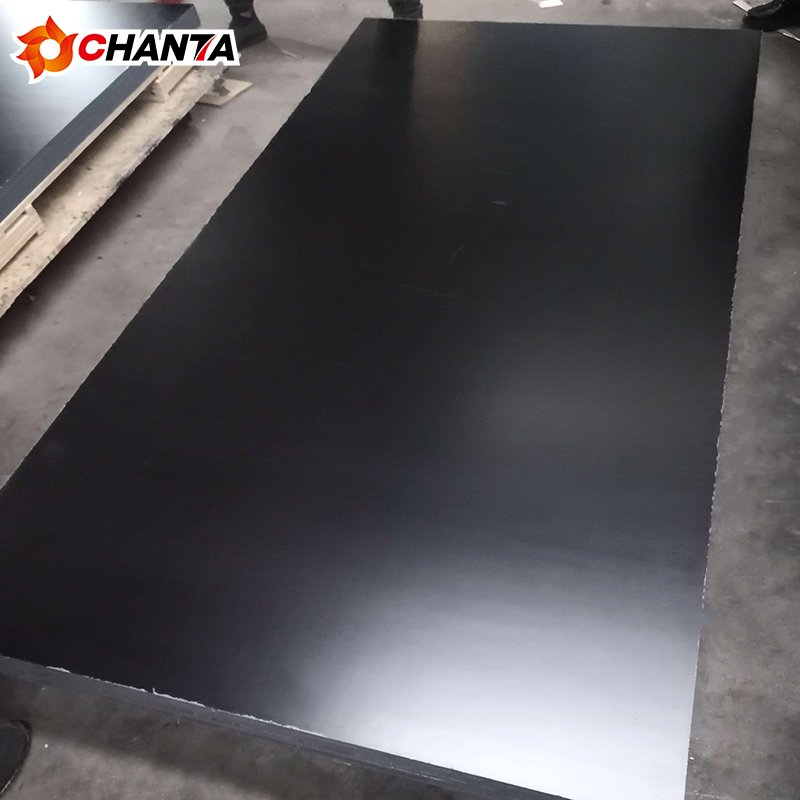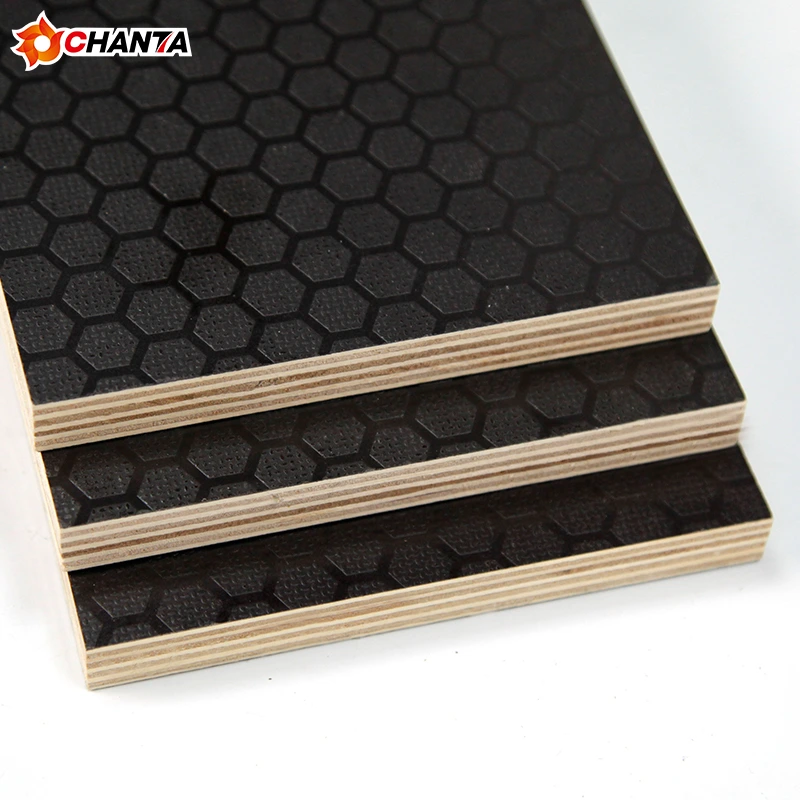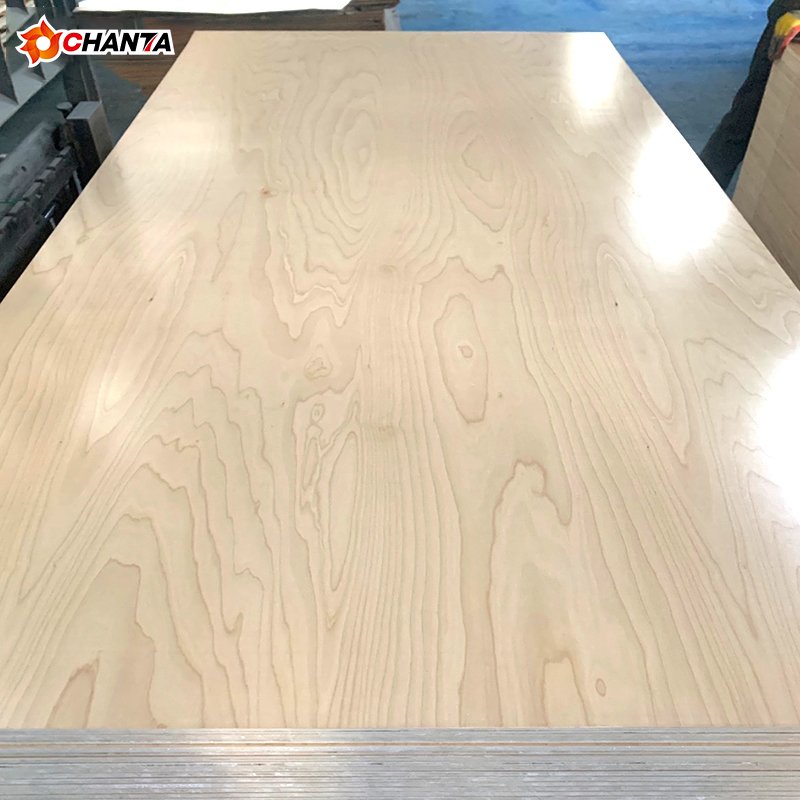Table of contents
Why Shuttering Plywood Matters in Construction
In modern construction, precision and safety rely heavily on the quality of formwork materials. Shuttering plywood plays a pivotal role in shaping reinforced concrete structures. Unlike standard plywood, it is designed specifically to support the weight and pressure of wet concrete during the pouring and curing phases.
Its performance directly affects concrete finish, reusability, and overall cost-efficiency—making it a critical choice for project managers, contractors, and engineers alike.
What Exactly Is Shuttering Plywood?
Shuttering plywood is a type of high-strength panel made from multiple veneer layers bonded with waterproof adhesive. It is typically finished with a resin-coated surface that resists moisture and prevents concrete from sticking to the board. The goal is simple: to provide a clean release, a consistent surface finish, and structural stability under load.
What Sets It Apart from Regular Plywood?
Standard plywood is not built to handle the pressure or alkalinity of curing concrete. Shuttering plywood, on the other hand, includes specialized features:
- Moisture-Proof Surface: Often coated with phenolic or melamine film, this layer protects against water damage and concrete chemicals.
- Heavy-Duty Core: Composed of hardwood or engineered veneers, the core can bear significant weight without warping.
- Smooth and Consistent Finish: It delivers a high-quality concrete surface, minimizing the need for further polishing or treatment.
Real-World Use Cases of Shuttering Plywood
Here’s how shuttering plywood is applied in practical construction environments:
- Large Slabs and Floor Plates: Used under cast-in-place concrete to form flat, level surfaces.
- Column and Beam Molds: It forms precise frameworks for load-bearing vertical and horizontal elements.
- Foundation Walls: Shuttering plywood ensures accurate shaping and alignment of concrete walls.
- Infrastructure Projects: Bridges, tunnels, and highways benefit from its strength and reusability in large-scale formwork.
In each of these cases, durability and dimensional stability are critical—qualities that shuttering plywood delivers consistently.
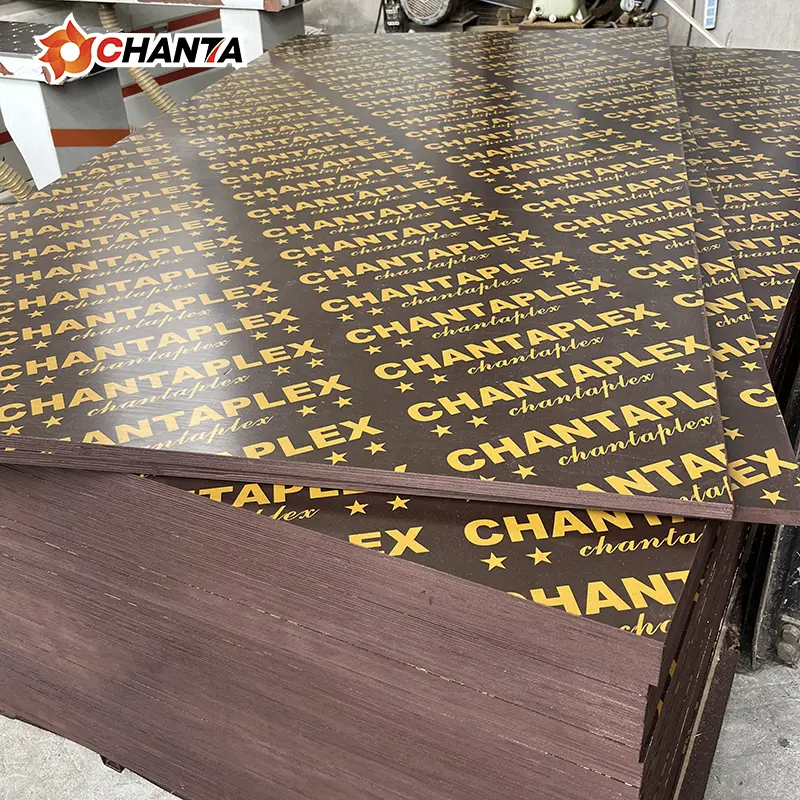
How to Evaluate Shuttering Plywood for Your Project
Not all shuttering boards are equal. When sourcing the right material, evaluate these key factors:
- Thickness and Layer Count
For heavy-duty projects, opt for 18mm or 21mm panels with high veneer density. - Film Type
Phenolic films (120g/m² or higher) provide better resistance to wear, water, and abrasion. - Glue Bonding
WBP (Weather and Boil Proof) glue is essential for resisting delamination in wet conditions. - Reusability Rate
A high-quality board may last for 10–15 pours, depending on care and jobsite conditions. - Edge Sealing
Factory-sealed edges protect against water intrusion and extend the board’s usable life.
Tips for Maximizing Efficiency on Site
Even top-quality shuttering plywood requires good handling to perform well over multiple cycles:
- Always clean the board after each use with a soft scraper.
- Store sheets on pallets, covered and away from moisture.
- Apply form-release oil before each pour to reduce surface wear.
- Avoid sawing or cutting unless necessary—use full-size panels to reduce waste.
Following these practices can significantly lower your formwork costs over time.
Final Thoughts
Shuttering plywood is more than just a construction material—it’s an investment in efficiency, surface quality, and structural accuracy. Its combination of strength, reusability, and weather resistance makes it indispensable in concrete formwork systems across building sites worldwide.
Whether you’re constructing a high-rise building or pouring a bridge deck, selecting the right shuttering plywood ensures better concrete results, fewer delays, and a safer jobsite. Choose wisely, and your panels will pay for themselves many times over.

